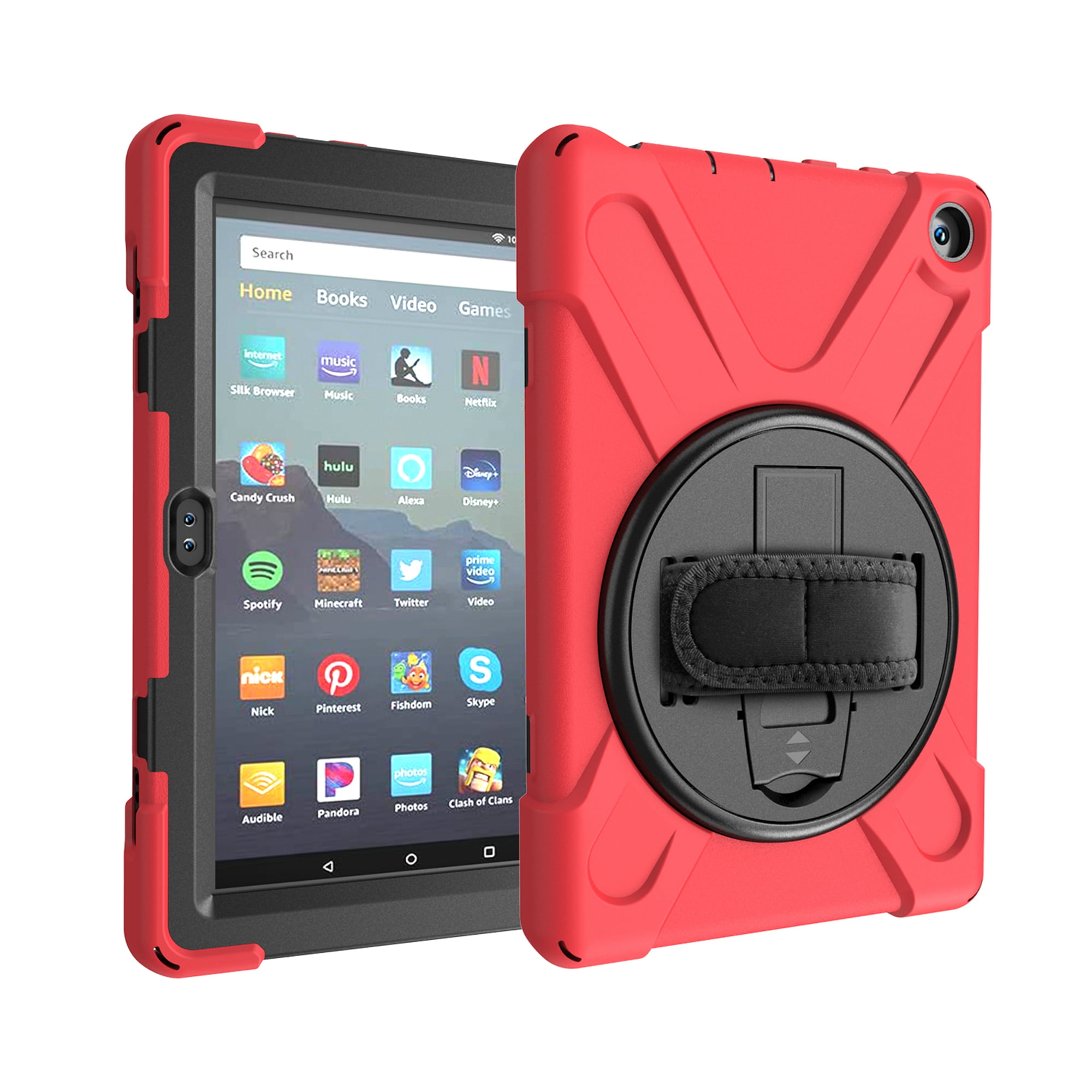
The centred position makes it easier to squeeze groups into the picture and avoids the sideways gaze associated with offset lenses. The front-facing lens has improved in one regard, though: it now sits in the middle of the top bezel in landscape mode, which is better suited to video calling.

Both cameras stick with the same 2MP resolutions as before, offering mediocre image quality that won’t do anything to upset the superior snapper likely found on your smartphone. It’s a similar story with the lenses front and back.

Even an increase to 1920 x 1080 would’ve boosted the media chops of the Fire HD 8 and helped distinguish the new edition from its predecessor. Given its entertainment bent and the solid quality of its stereo speakers – and the fact that most smartphones now pack far more pixels per inch – this seems like a missed opportunity. Only when reading text are these rough edges a little less evident. Pixelation is also noticeable when playing games, while videos and home icons suffer from a significant lack of clarity. Brightness is decent indoors, but the reflective panel limits outdoor visibility. Like whisky without a barrel, two years have yielded no change in the flavour of the Fire HD 8’s display: it’s still an LCD panel, still has a 1200 x 800 resolution and, as the name suggests, still measures 8 inches diagonally.Īll of which adds up to a distinctly average viewing experience.

Hopefully an option to disable this will be introduced in a future update. Up becomes down, down becomes up and the user becomes confounded. But things are perplexing to poke in portrait: for a reason known only to the Fire HD 8’s designers, the volume rocker reverses its roles when you change the tablet’s orientation. The power button and headphone port have now switched spots – a subtle adjustment that makes the controls easier to reach in landscape mode. Up top, Amazon’s slightly tweaked the inputs since 2018.

There’s very little flex in the frame and, besides a bit of play in the power button, the build quality is reassuringly sound for such an affordable device – though the Kid-Proof Case is still an advisable accessory for ham-fisted handlers. No-one will accuse the plastic shell of feeling premium, but it is both smooth and solid. It’s 12mm shorter and 9mm wider than the 2018 edition and, while it’s still a fairly generic mid-size slate, a uniform frame around the 8-inch display gives it a cleaner, neater look.


 0 kommentar(er)
0 kommentar(er)
